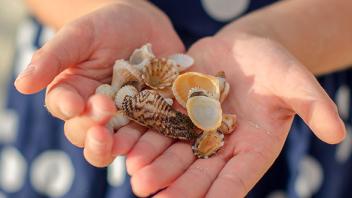Even our youngest children are able to recognize patterns and use categories to process new information. Almost everything we see, hear, or touch contains details that our brain processes. Without realizing it, our brain is looking for what is new, what is different, and what has changed. New information is matched to a category that already exists in our mind.
This need to find order, to compare and contrast, and to pay attention to what remains the same is an important part of early learning. As your child becomes a reader, he or she will learn to find patterns in letters and words and use this information to read groups of words (for example, sun, fun, bun all contain the ‘-un’ letter pattern or family). Your reader will also categorize words by sounds (for example short/long vowel words, rhyming/non rhyming words) or by meaning (for example words that mean the same thing, words that are opposites).
Parents and caregivers can build pattern recognition and categorization skills in science and math through these four simple activities.
Sort it
Provide lots of opportunities to explore many kinds of materials that can be sorted and categorized by size or shape. These include small plastic toys such as animals and vehicles, Unifix cubes (or other “manipulatives”), blocks, or other small objects such as coins, stamps, cups, and bottle caps. Have children explore different ways sort objects into similar groups. The groups, or categories, could be general concepts such as “hard things” “soft things” or something personal, such as “things that were gifts,” “things I found.”
Same and different
Help your child learn about different classifications scientists use to help them organize information. Use children’s books from the library to learn more about different classifications of animals, for example, mammals and reptiles. Discuss what reptiles and mammals have in common, and what makes each unique.
Riddle me this
Use riddles to help your child gain practice with “rules,” which are part of patterns and categorizing. For example, “I am a shape. I have four sides. Each side is the same length.” Good listening and a growing ability to sort through information will help your child solve the riddle correctly.
Make a mini grocery store
Save your food boxes and juice containers for a few days. Gather them up and enlist your child in stocking the shelves. Designate one area for grains, another for dairy, and another for proteins. Have your child sort the objects into the correct location. This is a great opportunity to talk about healthy food choices.
Patterns, categories, and classifications are a part of everyday life and everyday learning. Use these ideas to help jump start conversations with your young learner.
Recommended children’s books
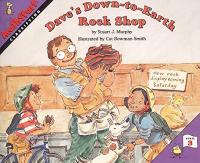
Dave’s Down-to-Earth Rock Shop
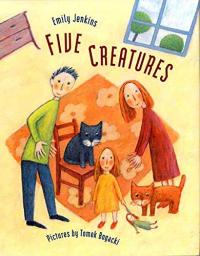
Five Creatures

Patterns in Peru: An Adventure in Patterning

Same Same
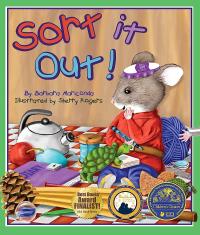
Sort It Out!
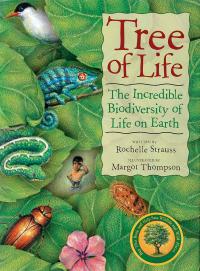
Tree of Life: The Incredible Biodiversity of Life on Earth

The Vegetables We Eat
Download this article in Spanish
Subscribe to Growing Readers!
Get our free monthly parent tips — in English and Spanish — delivered right to your inbox!
